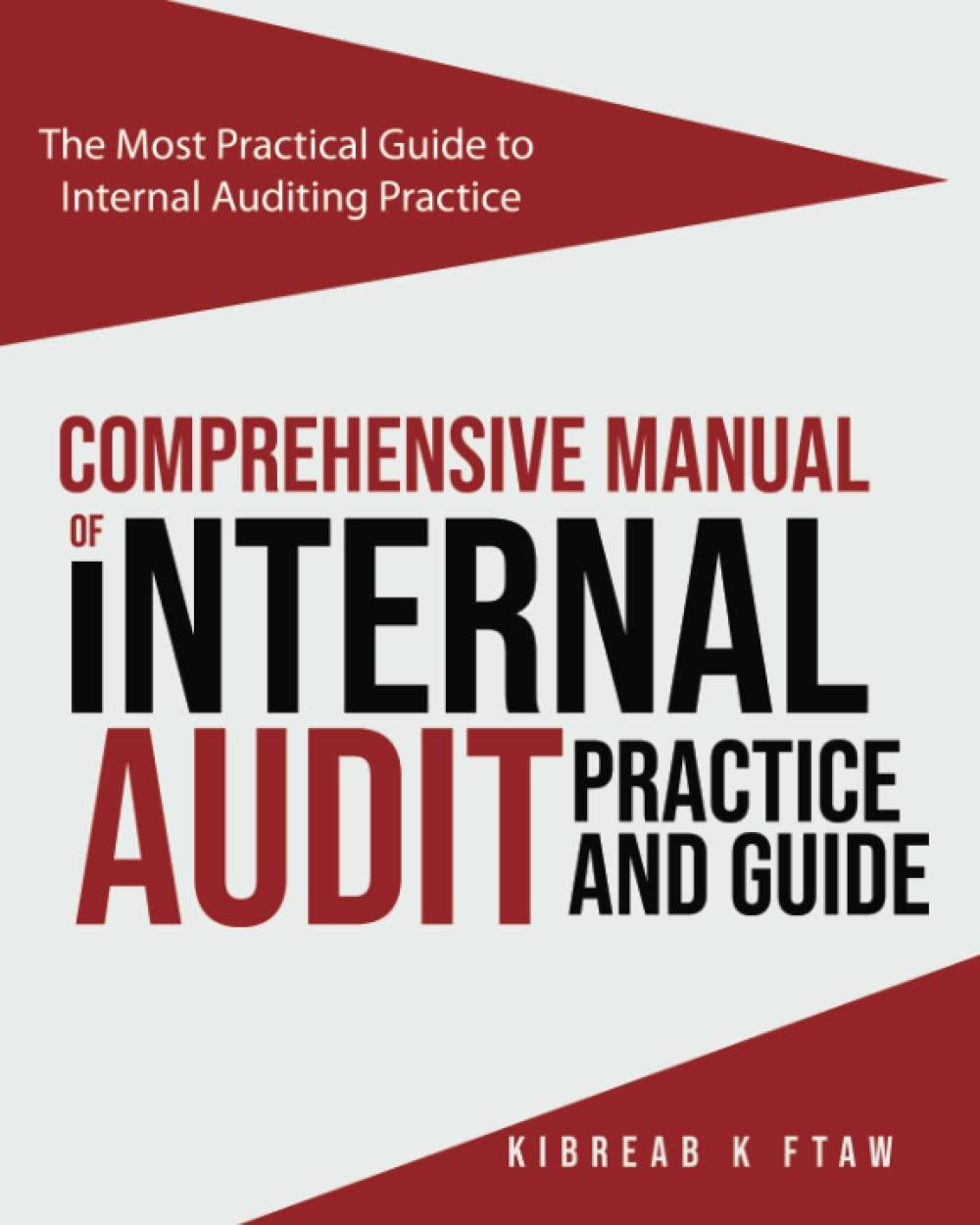Question
Year, Stock A returns, Stock B returns (Year -1 is one year ago year -2 two years ago etc) -1 18.00% 14.50% -2 33.00 21.80
Year, Stock A returns, Stock B returns (Year -1 is one year ago year -2 two years ago etc)
-1 18.00% 14.50%
-2 33.00 21.80
-3 15.00 30.50
-4 0.50 7.60
-5 27.00 26.30
Year, stock C returns
-1 32.00%
-2 11.75
-3 10.75
-4 32.25
-5 6.75
A) Assume that the portfolio now consists of 33.33 percent Stock A, 33.33 percent Stock B, and 33.34 percent Stock C. How does this composition affect the portfolio return, standard deviation, and coefficient of variation versus when 50 percent was invested in A and in B?
B) Make some other changes in the portfolio, making sure that the percentages sum to 100 percent. For example, enter 25 percent for Stock A, 25 percent for Stock B, and 50 percent for Stock C. Notice that rP remains constant and that sp changes. Why do these results occur?
C) In part b, you should see that the standard deviation of the portfolio decreased only slightly because Stocks A and B were highly positively correlated with each other. The addition of Stock C causes the standard deviation of the portfolio to decline dramatically, even though sC = sA = sB. What does this change indicate about the correlation between Stock C and Stocks A and B?
D) Would you prefer to hold a portfolio consisting only of Stocks A and B or a portfolio that also includes Stock C? If others react similarly, how might this fact affect the stocks prices and rates of return?
Step by Step Solution
There are 3 Steps involved in it
Step: 1

Get Instant Access to Expert-Tailored Solutions
See step-by-step solutions with expert insights and AI powered tools for academic success
Step: 2

Step: 3

Ace Your Homework with AI
Get the answers you need in no time with our AI-driven, step-by-step assistance
Get Started


